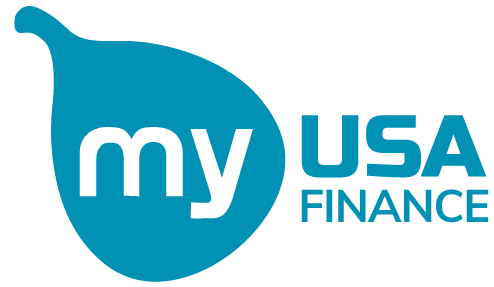Investing some of your income each month can prepare you for retirement, college tuition, or a rainy day. However, it can be challenging to figure out how much you should be saving.
In this article, we will give you an idea of how much you should be saving each month and a few tips on reaching your savings goals. After all, saving consistently and sufficiently is one of the main building blocks of a healthy financial life.
How Much Should I Save a Month?
The 50/30/20 rule recommends that you spend 50% of your monthly income on necessities, 30% on wants, and 20% on saving and debt repayment.
Let’s say you make $4,000 after taxes each month. You can save about $800 per month and pay off debt with that amount.
By looking at your savings, household budget, and budgeting for big purchases and retirement, you can get a better understanding of your finances.
Create a Plan to Get Out of Debt
One of the most important steps you can take when trying to save money is to pay off your debt. Regardless of whether you have a lot of debt or just a little, paying it off as soon as possible should be a top priority.
There are a few different ways to approach this, and the best method for you will depend on your unique situation. For example, some people choose to use the debt snowball method. This involves paying off your smallest debts first and then working your way up to the larger ones. Others prefer the debt avalanche method, which entails paying off your debts with the highest interest rates first.
Using a personal loan for debt consolidation can be a solution to reducing debt. Even if you are making your credit card payments on time each month, the interest you’re paying on revolving debt can quickly add up. This is especially true if your cards have interest rates in the high teens or higher. When you convert high-interest debt to lower interest debt, you’ll pay less towards interest, which means you’ll be able to pay down your overall debt faster.
Take the time to identify what you’re saving for and what needs to be prioritized in your personal finances before you begin to calculate the numbers.
Create a Budget
Achieving financial success requires careful planning and diligent execution. One key element of this process is creating and following a budget. A budget is simply a tool that helps you to track your income and expenses so that you can make informed decisions about how to allocate your resources.
A budget is an important tool for any household that wants to achieve certain financial goals, no matter what you make, how much money you want to save, or where you allocate your money each month.
Knowing How Much You Need to Save
When determining the amount of money you need to save, you must consider more than one area of savings. Let’s take a look at retirement savings, emergency savings, and the minimum percentage you should be saving per month.
Retirement Savings
avings for retirement are likely to be held in 401(k), IRA, or another retirement account. If you want to save for your retirement, 401(k) plans are a good place to start. 401(k) plans offer tax benefits, and your employer may match your contribution.
Automating your savings is a great way to make sure you’re setting aside money for retirement. You can do this by setting up a 401(k) and having a portion of your paycheck automatically deposited into it. The retirement options your company offers may be limited, but you should review and rebalance your account often in order to meet your retirement timeline.
In order to have enough for a comfortable retirement, retirement-plan provider Fidelity recommends having the equivalent of your salary saved by 30, four times your salary saved by 40, six times your salary saved by 50, and eight times your salary saved by 60.
Emergency Savings
Unexpected expenses such as car trouble, necessary home fixes, or major health emergencies happen. Someone who finds themselves suddenly facing one of these expenses could end up spiraling into debt.
You should try to have a minimum of $1,000 saved in an accessible, emergency savings account. An emergency fund can provide you and your family with quick cash in an emergency, so you can avoid using a credit card. On top of the $1,000 you set aside; you should also have about 3-6 months’ living expenses saved up as a safety net in case of job loss, illness, or injury that can impact incoming money.
Looking for a Personal Loan?
Explore your options today!
Bottom Line
When it comes to saving, the most important rule is to start early. Even if you set aside just 2% of your income every month, you are still saving. As you cut expenses and pay off debt, you can always increase your savings rate over time.
Try to always pay yourself first by putting money into savings prior to spending your paycheck.
Determining how much of your income you should save each month isn’t always easy. Knowing where you stand today and what your financial goals are will help you decide what path to take going forward.











